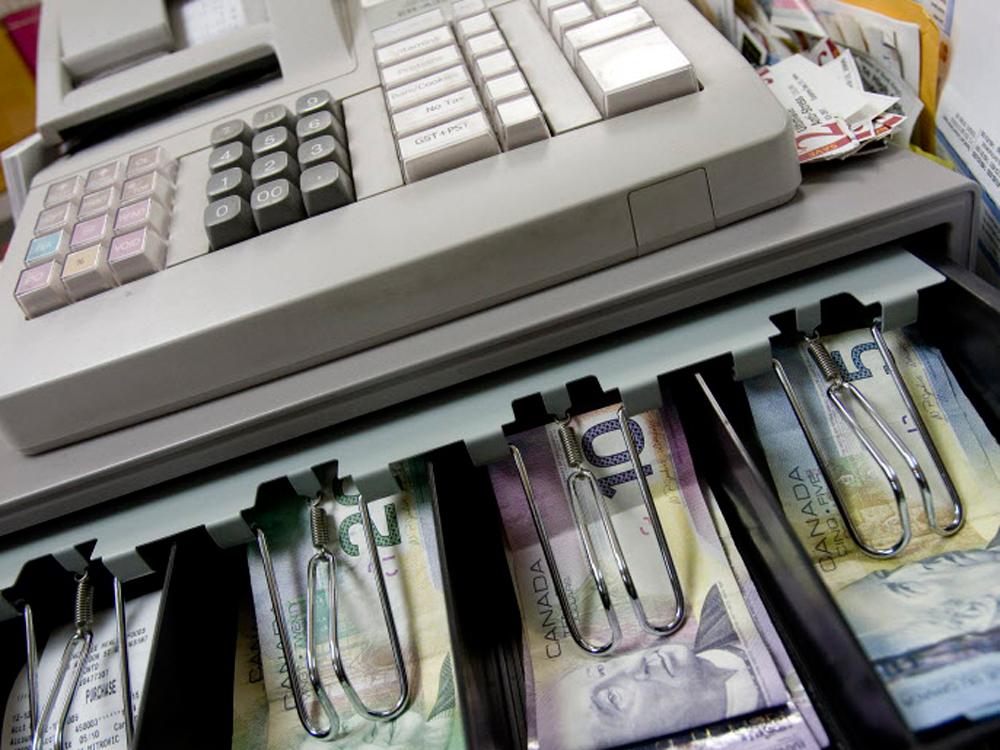Canadian inflation quickened in May on increases across all eight major components, giving the Bank of Canada plenty of scope to hold interest rates steady.
The consumer price index jumped 2.4 per cent from a year earlier, compared with 2 per cent in April and versus a median economist forecast of 2.1 per cent, Statistics Canada said Wednesday from Ottawa. It was the highest annual rate since October, boosted by increases in food and durable goods prices.
Core inflation, closely watched by policy makers, surged, with the average of the three key measures rising to 2.07 per cent, the highest since February 2012.
Canada’s currency began climbing immediately, rising 0.65 per cent to close at 0.75 cents to the U.S. dollar.
Key Insights
Wednesday’s report bolsters the Bank of Canada’s view that the economy is emerging from a slowdown. It lends credence to Governor Stephen Poloz’s argument that interest rates will eventually need to move higher, even as his counterparts in the U.S. and Europe lean more towards rate cuts.
The latest figures bring inflation above the central bank’s latest quarterly forecast. The central bank revised its 2019 outlook for CPI higher in April to 1.9 per cent, from 1.7 per cent previously.

Get More
- On a monthly basis, the CPI increase was 0.4 per cent, matching April’s pace and topping the 0.1 per cent median forecast.
- CPI common core held at 1.8 per cent, median core climbed to 2.1 per cent and trim core accelerated to 2.3 per cent.
- The largest upside contributor to CPI on an annual basis was shelter costs, which rose 2.7 per cent.
- Food and transportation were also major drivers.
- Excluding gasoline, inflation climbed 2.7 per cent on the year.
Bloomberg.com

